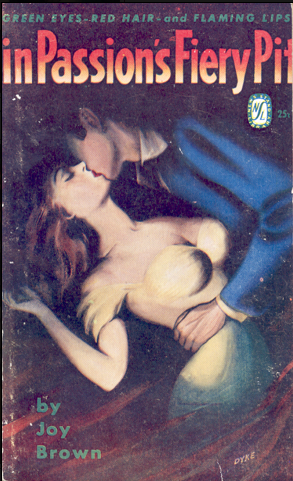The greatest contributor is the taxpayer. Statistics Canada alone accounts for over ten percent of the lists. Authors Jeremy Brown and David Ondaatje also mine Government of Canada publications, which is not to suggest they don't come up with some of their own. After 391 pages, I'm left with the impression that the pair collaborated on the unattributed lists, but can't be sure. Several lists are credited to Brown alone. Ondaatje is credited with only one, THE LONGEST 10 IN CANADA, which isn't nearly as filthy as the title suggests. If don't already know the longest serving prime minister, this is the list for you.
Jeremy Brown and David Ondaatje are just two of the 115 contributors to the list. David's dad, Sir Christopher Ondaatje, is another, as were several employees of Loewen, Ondaatje, McCutcheon & Company Ltd.
THE 10 BIGGEST CONTRIBUTORS TO THE CANADIAN BOOK OF LISTS
1. DAVID SCOTT-ATKINSON, "Public Relations Executive and Canadian Trend Observer." Scott-Atkinson's name meant nothing to me. Reading the 2004 obituary his family posted in the Globe and Mail, it seems I really missed something. His lists add much needed humour and creativity.
2. SID ADILMAN, "Entertainment Columnist, The Toronto Star," who just happens to have co-authored a book with Jeremy Brown.
3. JEREMY BROWN, "Author, Dining Out in Toronto." Brown is identified repeatedly as as the author of Dining Out in Toronto (Edmonton: Greywood, 1971), a book he wrote with Sid Adilman, and not as co-author of The First Original Unexpurgated Authentic Canadian Book of Lists. One wonders why.
4. HENRY ROXBOROUGH, "Author, Great Days in Canadian Sport." Sports historian Roxborough wrote four books, including Canada at the Olympics (Toronto: McGraw-Hill Ryerson, 1975), so it seems odd that the one referenced is his very first, then over two decades old.
 |
| Toronto: Ryerson, 1957 |
5. DR. DANIEL CAPPON, "Professor of Environmental Studies, York University." Cappon began his academic career at the Department of Psychiatry at the University of Toronto, and is credited for helping to establish the Department of Environmental Studies at York. He is remembered today for his views on homosexuality, most concisely expressed in this 10 January 1973 Toronto Star opinion piece:
 |
| cliquez pour agrandir |
Interestingly, not one of the doctor's lists touch upon homosexuality or the environment, though he does have something to say about menopause.
6. GEOFFREY P. JOYNER, "Director, Sotheby Parke Barnet (Canada), Limited." As might be expected, the authors lean heavily on Mr Joyner in the Art and the Arts section of their book.
7. DESMOND MORTON, "Dean of Humanities and Academic, Vice-Principle, Erindale College, University of Toronto." A bit of a surprise to me in that I did not expect to see someone like Morton contributing to so shoddy a book. On the other hand, how was he to know it would be shoddy? His lists, which deal with War and Politics, are the longest and most considered.
8. NICHOLAS VAN DAALEN, "Author, The International Tennis Guide and The International Golf Guide." Contributions include THE 10 BEST TENNIS RESORTS IN CANADA, THE 10 BEST PUBLIC GOLF COURSES IN CANADA, and THE 10 BEST PRIVATE GOLF COURSES IN CANADA, amongst others. The International Tennis Guide (1976) and The International Golf Guide (1976) were both published by Pagurian Press, the original publisher of the Canadian Book of Lists. Pagurian later issued van Daalen's Complete Book of Movie Lists (1979).
9. BERNDT BERGLUND, "Author, Wilderness Survival." Another Pagurian Press author, which is not to suggest that I haven't committed THE 10 MOST POISONOUS PLANTS IN CANADA to memory.
10. CLAIRE WALLACE, "Canadian Etiquette." I have Miss Wallace to thank in knowing how to address not only a duke's younger son's elder son but a duke's elder son's elder son. She has spared me much embarrassment.
The sharp-eyed will have noticed that Claire Wallace is the only woman to appear in the top ten. This will come as no surprise to anyone familiar with the book. One hundred and fifteen people contributed to The First Original Unexpurgated Authentic Canadian Book of Lists, nineteen of whom were women. There'll be more on this imbalance in tomorrow's post.
Until then, for those interested, "diminutive ex-mayor David Crombie" contributed just one list: 10 CANADIANS TO INVITE TO DINNER TO UNDERSTAND THE MEANING OF CANADA AND ITS ROOTS. Gabriel Dumont leads a list that includes only one woman.


































